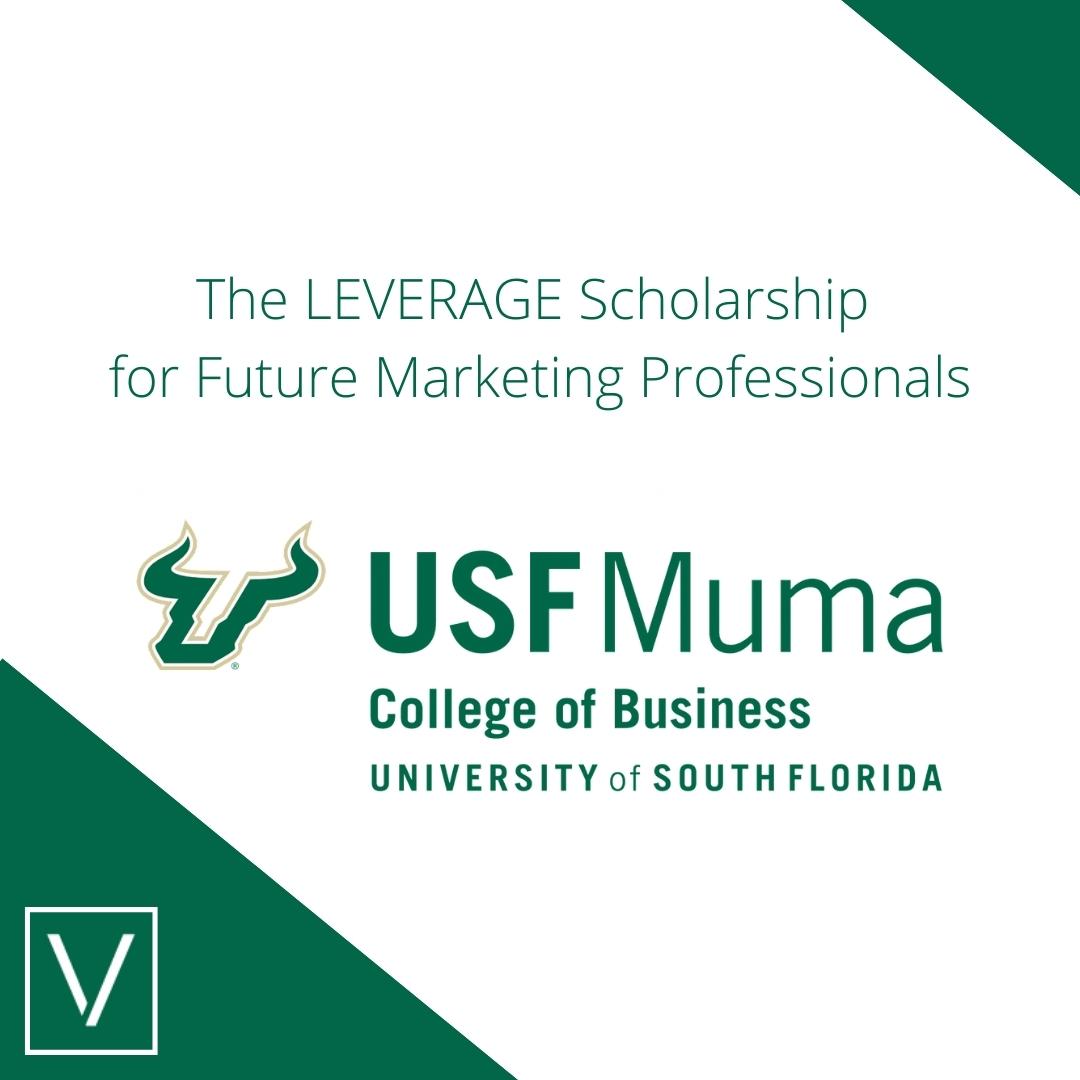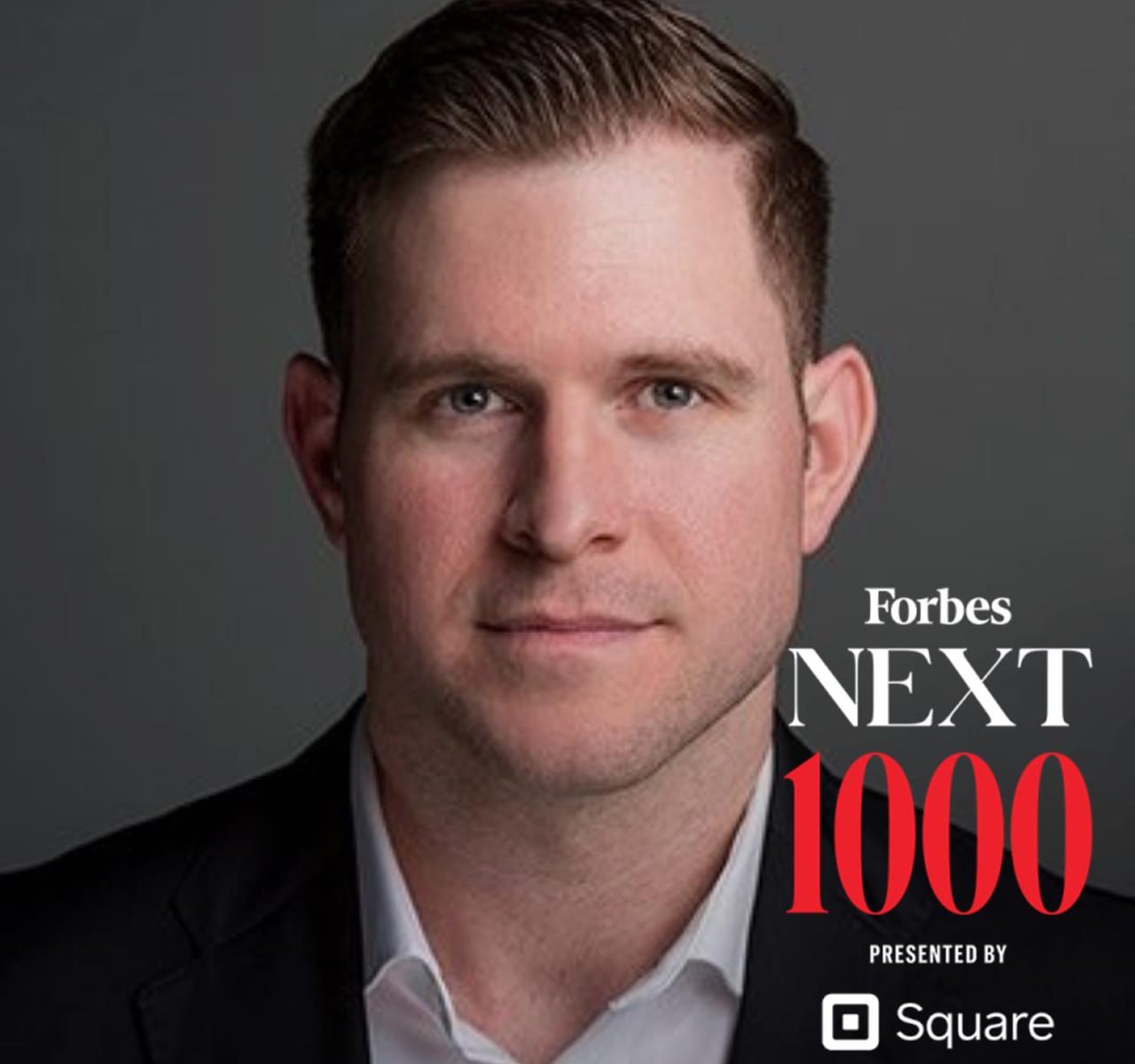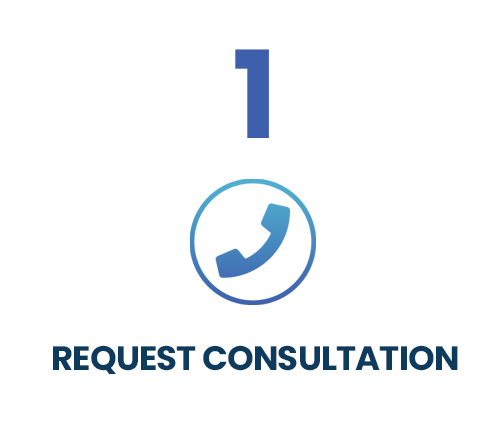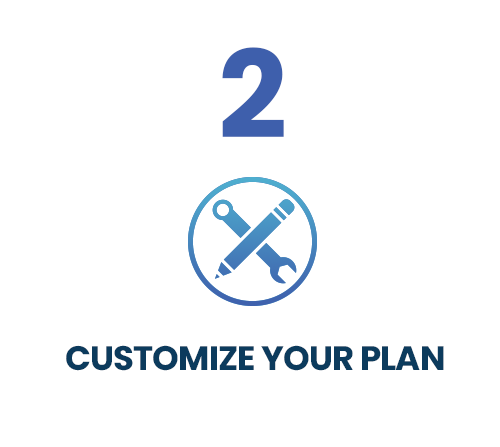
More than half of all online experiences begin with a Google search. And, studies show that less than one percent of searchers will click on results from the second page. In fact, to many people, the second page of Google might as well be considered the “dark web.”
Investing in your Search Engine Optimization (SEO) efforts is vital to your brand awareness, website traffic, and trustworthiness. In short, investing in SEO is crucial to generating marketing qualified leads and increasing sales.
While many factors may influence your rankings on Google, like page load speed, mobile responsiveness, and links, experts agree; when it comes to dominating the first page of Google, content is king.
Learn more about why content remains the most important factor in your SEO strategy, and how Boost by LEVERAGE™ can help your brand gain a competitive edge.
What Is “Good Content”?
When sharing any piece of content on your website, it’s important to remember your audience. Who will be reading it?
Whether targeting customers looking to purchase a niche product or c-suite executives interested in learning more about your services, content must always provide value for the audience. This value may come in the form of industry insight, specific product or service information, and more. Think of who will be browsing the search engine results page (SERP) for your keyword queries, ask yourself why they care about a particular topic, and tailor content directly for them.
Good SEO content teaches the reader something they did not know before, as well as informs them on why they should choose your company over any other competitor. It’s important that your content is free from spelling errors, grammar inconsistencies, and incorrect factual information. While these issues make your brand look unprofessional, they can also often prevent your content from ranking on the first page of Google.
When writing good content, it is not enough to simply state your points. You must back up your claims with data. It is important to include consumer research, case studies, testimonials, and more to show that your brand has authority in a particular topic.
With Boost by LEVERAGE™, a premium SEO program fourteen years in the making, brands can feel confident that their content positions them as industry leaders and provides significant value for their target audience.
Why It Matters for Your Brand
The term “content is king” stems from a 1996 essay written by Bill Gates on the future of the internet. 25 years later, the statement still holds true.
Why? Because for brands across industries, it matters if they produce good content, especially for SEO purposes.
Publishing high-quality content is the most effective way to boost rankings, drive traffic to your website, and generate marketing qualified leads. Good content is also more likely to be shared to other platforms, positioning your brand as an authority in its industry and growing trust with your audience.
Studies prove that customers inherently value the trust they have for a particular brand. Trust is the second most important factor for customers when making a decision on whether or not to make a purchase, following affordability in first place. And today more than ever, brands are being challenged to either live up to their customers expectations of trustworthiness, or fall behind their competitors.
Good, original content also provides potential customers with the knowledge they need to make a confident purchase. Whether your target audience is looking to purchase a subscription to a meal plan service or is deciding between which law firm to handle their case, your content will aid them on their journey.
Overall, prioritizing quality content for your SEO efforts will make a world of difference in how your existing and potential customers view your brand and choose to interact with it.
Invest in Your SEO Effort With Boost by LEVERAGE™
Within the last year, 90 percent of consumers have used the internet to find a local business. How does your content currently align with the image and value your brand is trying to portray?
Over the last fourteen years, we’ve deployed SEO campaigns for hundreds of clients. Simply put, we know what works for your brand and what doesn’t. If you’re looking to improve SEO performance with quality content that speaks to your audience, we can help.
To learn how Boost by LEVERAGE™ can help your brand, contact us today.




















